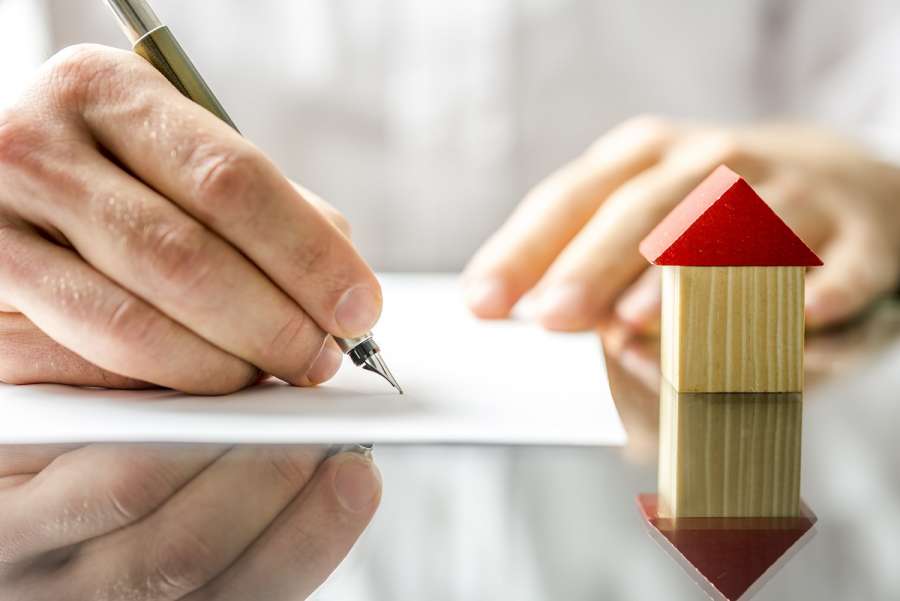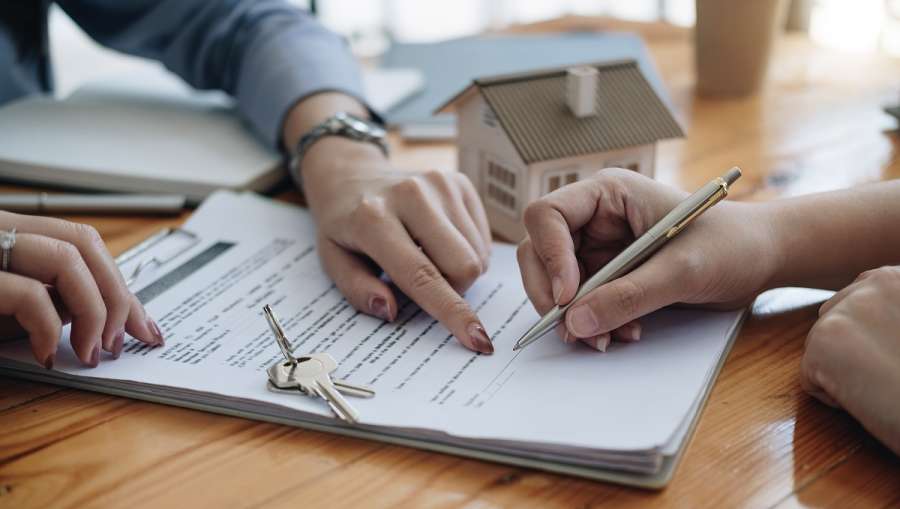The buyer’s solicitor will order property searches. They are carried out by specialist search companies and the local authority to acquire information about the property’s water and drainage system, environmental matters and any planning or local information that may adversely affect the property. This process can take some time.
It can take as little as 2 weeks, but local authorities are often overrun and this can cause significant delays of several weeks. A full set of property searches can cost around £450 so expect your solicitor to request this payment upfront from you.
The buyer may also wish to obtain a property survey from a surveyor would inspect the condition of the property and advise of any repairs or maintenance that should be made. Issues for your solicitor may also be flagged in the survey.
While the searches and survey are being carried out, the buyer’s solicitor will review the contract pack and title documentation received from the seller’s solicitor. The buyer’s solicitor will make any necessary amendments to the draft contract and prepare a draft transfer deed to be agreed with the seller’s solicitor.
The buyer’s solicitor will also check that the seller actually owns the property and has the legal right to sell it and they will look for any responsibilities and liabilities the buyer will need to take on when they buy the property and whether the property is subject to any restrictions that may affect the buyer’s use and enjoyment of the property.
Following the review of their contract and title documentation, the buyer’s solicitor will raise enquiries to the seller’s solicitor. These could include questions regarding the title to the property, questions arising from the seller’s answers in the property information form or property searches and questions regarding maintenance of shared areas and costs the property is subject to.
The seller’s solicitor will likely require the input of the seller and any landlord or management company to answer the buyer’s solicitor’s enquiries.
The buyer’s solicitor will also prepare a report on the title and property for the buyer which provides a summary of the property the buyer is purchasing.
If the buyer is purchasing with a mortgage and the buyer’s solicitor also acts for the lender, the buyer’s solicitor will be checking that the property has a good and marketable title for the lender. There may be matters that their solicitor will need to report to the lender and obtain their approval to proceed before they can draw down the mortgage funds.









